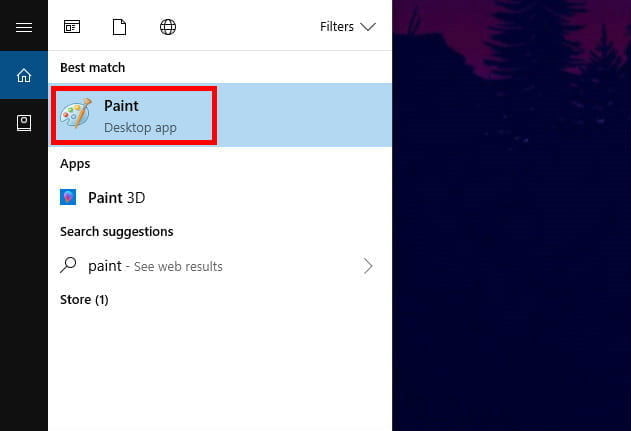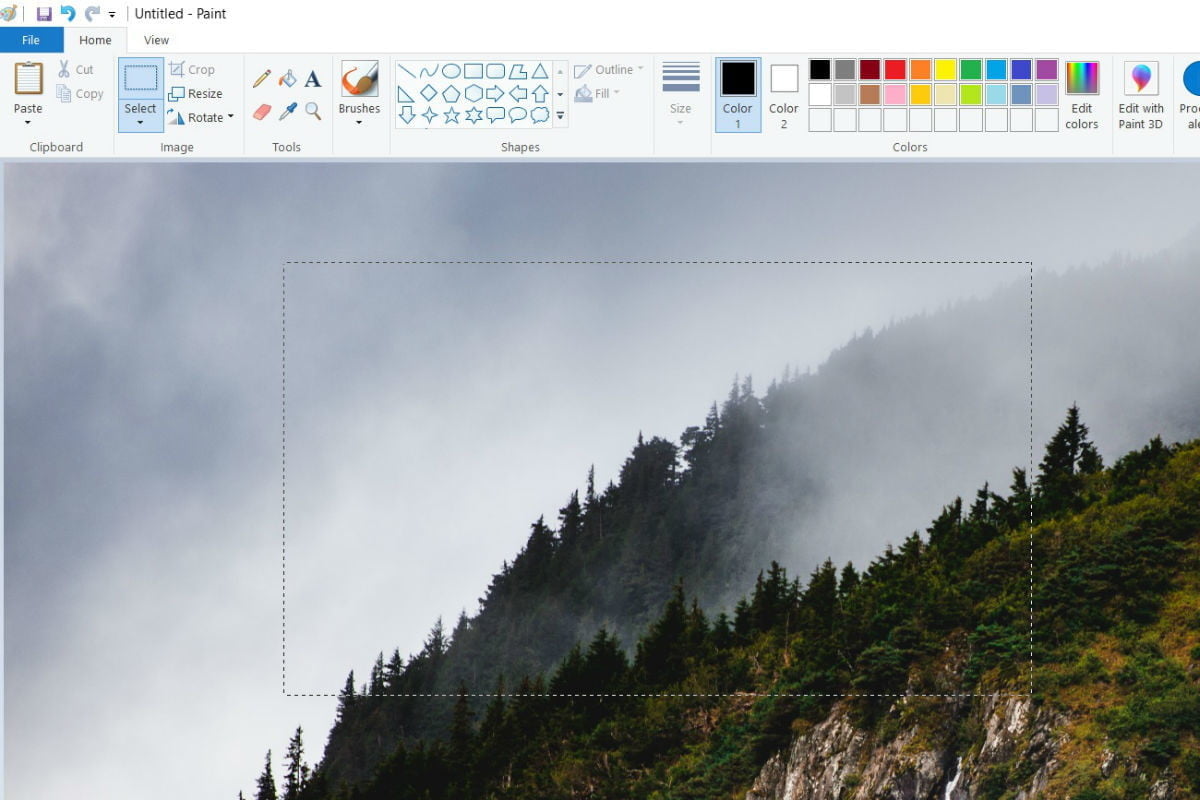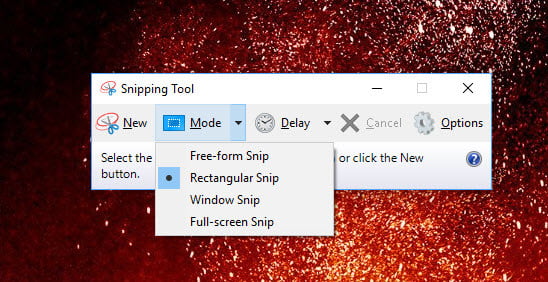How to Take a Screenshot on a Windows PC
If you need tech support to help you out with a problem or just want to capture a great moment on your PC, you need to know how to take a screenshot. There are a number of different ways to do so in Windows and which method you prefer will be entirely down to your preferences, but we’ll walk you through the easiest way, step by step.
Additional how-to guides
Best free photo-editing software
Windows shortcuts you need to know
How to record your computer screen
Note: If you’re running a different operating system like MacOS or Chrome OS, don’t fret. Taking a screenshot there is no more difficult and we have guides for Chromebooks and Macs to help you get started.
Step 1: Capture the image

Bring up whatever it is you want to capture on your screen and press the “Print Screen” (often shortened to “PrtScn”) key. It’s typically located in the upper-right corner of your keyboard and will take a screengrab of everything on all of your displays. Alternatively, press “Alt + Print Screen” to capture a screenshot of the active window. If you’re on a laptop, you may need to press “Fn” + “Print Screen” if your laptop has another feature assigned to that particular key.
There will be no noise or any other indication the screenshot was taken, but the resulting image will be saved as a PNG file to your clipboard. Unless you’re using a version before Windows 8, press the “Windows Key + Print Screen” to automatically save a full-screen screenshot within the “Screenshots” folder of your picture directory.
Microsoft’s OneDrive will typically save the screen automatically in the OneDrive folder. You will now be able to find it there, in Pictures, under Screenshots (the Screenshots folder may appear if this your first one). You can go here to open the file and rename it if you wish. If you have Dropbox installed, the screenshot may also be automatically deposited in your Dropbox directory, under Screenshots (ideal for your “Showcase“).
Step 2: Open Paint

Check out your screenshot in the Screenshots folder. If you like it just the way it is, great! You can save it, move it, attach it to an email, and upload it wherever you need. However, for many screenshots you may also want to crop or alter it in some way. There are many programs that can do this, but the one closest at hand is the long-suffering Microsoft Paint.
As long as you’re running the latest version of Windows 10, type “Paint” into the Windows search bar and click the corresponding result.
If using Windows 7 and 8, you can find the Paint app in a few different ways, but both support the search tool which will find what you need straight away.
Step 3: Paste the screenshot

Once Paint is open, click the “Paste” button in the upper-left corner of the program, or press “Ctrl” + “V” on the keyboard to paste your screenshot. You should see the image you captured, appear in your edit windows in Paint.
From there, perform any edits you want, including cropping or selecting a certain part of it.
Step 4: Save the screenshot

Click the main “File” option in the upper-left corner, followed by “Save as.”
Title the new file, choose a save location, and select your desired file format from the drop-down menu. For most purposes, JPG will do fine, but a variety of other formats are available to choose from such as PNG, BMP, GIF and others. Click the gray “Save” button in the bottom-right corner when finished.
And that’s it! You’re done.
Alternatives: The Snipping Tool

The best alternative method is the Windows 10 Snipping Tool. The built-in screen capture utility in Windows works well enough, but it’s not the most robust or versatile when it comes to saving a snapshot of your screen. The Snipping Tool, however, is a utility that allows users to better define and capture portions of their desktop display as a screenshot, without the need for a keyboard. If it’s been enabled in the Settings menu, hitting Print Screen might even bring it up to give you easy access.
If not, just type “Snip” into the Windows 10 search bar to open it up. From there, it’ll give you options such as drawing a “Free-form Snip,” a “Windows Snip,” or a “Rectangular Snip.” You can even set it to delay a certain amount of time if you’re trying to capture a precise moment in a video or animation.
It’s a tool that’s constantly evolving though and with the Windows 10 October 2018 update, it partnered up with image editing functions to create the Sketch and Snip application. Now, any time you take a screenshot it will automatically appear as a thumbnail — like MacOS Mojave does — so that you can then take it straight to the Snip and Sketch app for easy editing.




